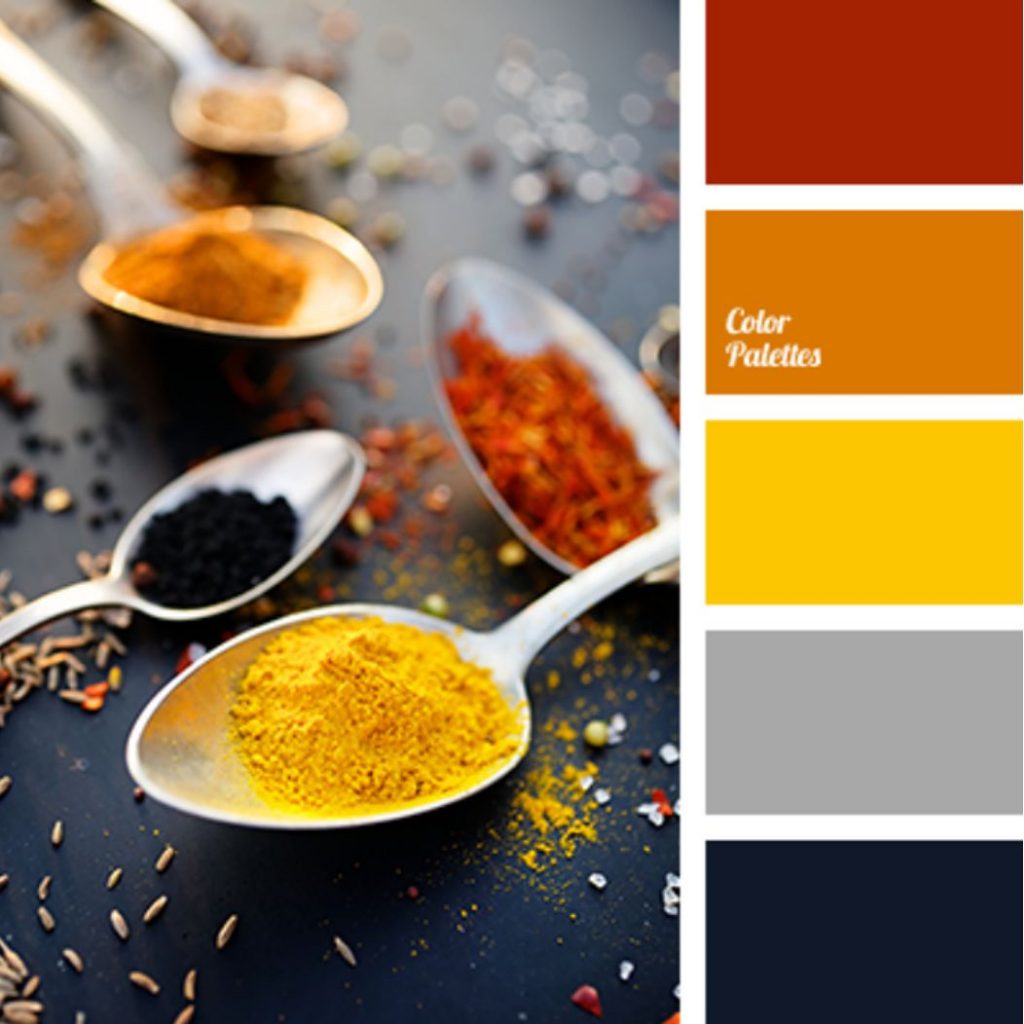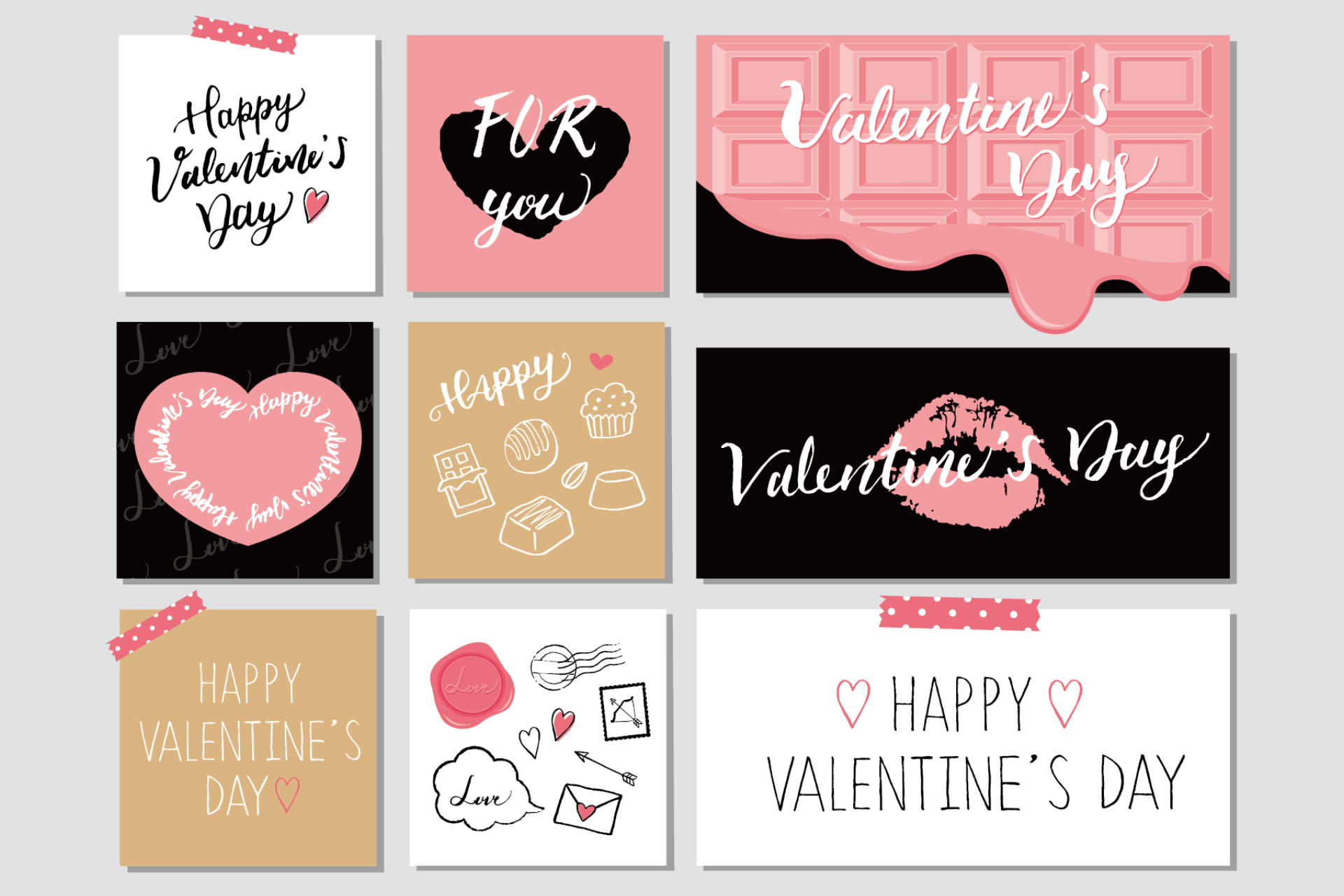You probably have already heard the word variety used in different cases and will agree that it is one of the spices of life today. In addition to what you already know, there’s the need to acknowledge its relevance in design, which is why we have the design principle variety.
The design principle variety is also a good spice for every design, and this is because it channels readers attention to different facts within the design. This eventually helps stimulate visual interest in the design, especially towards what you are trying to communicate.
This article will take you through the key things that you should know about the design principle variety. We’ll take you through some of the examples of the principle and show you how you can apply design principle variety to enhance your brand communication. Continue reading to find out more.
What is design principle variety?
The design principle variety is one of the most straightforward among the different design principles that we have. This is because it is exactly what it means and without complications. Businesses can now deliver their messages in a more informative and engaging manner, and for this, they only need to vary typography, shapes, and colors.
Another benefit of the design principle variety is that it makes it easier for people to easily enforce other design principles like movement, emphasis, and repetition. With this, you can easily achieve a design that has variety applied to a higher degree.
However, while it is important to ensure the use for the design principle variety, you’ll also need to ensure that you don’t go too far with variety. Doing this will only cause your design to be chaotic. It will be harder to deliver a message with a chaotic design, and this can further cause confusion for your audience.
Importance of the design principle variety
The design principle variety is important because it makes it easier for the designer to guide the audience through the page by highlighting key information and enforcing the visual theme in a unique manner. It also helps to maintain brand communications for businesses since it directs users to carefully thought-out ideas.
Applying variety in design makes it easier for designers to apply other principles in their design. Here’s an overview of some of the other principles that this can help them to achieve.
Repetition
People usually wonder whether variety and repetition would conflict with each other. The reality is that they actually help each other. Both principles work such that they enhance the design theme and create a smooth flow in the design. When you apply both principles, you can be sure that your readers appreciate both design principles without beating their heads up.

Emphasis
This helps in drawing the attention of the design, which is the same goal that the design principle variety hopes to achieve. The common ways designers enforce emphasis and variety include applying different colors, using larger themes, and making the design eye-catching.

Movement
With the design principle variety, you can easily direct your viewer’s eye to different parts of the design. Ultimately, the goal is to be able to reinforce the design principle movement, give them a visual cue, and allow them to follow the information with much ease.

Application of the design principle variety
Now that we have provided the basics about the principle, the next thing is to highlight the application of the design principle so that you can further appreciate how it is applied in design. This is also a great way for you to measure the use of the design principle variety in your design.
In a design where all the icons, colors, and elements are in the same shade, it will be harder for the eye to process the information without going out of tune. The placement of information in a design is another instance where variety can gain application. This is particularly important in cases where it’s for an infographic design.
For a design like this, you can also use different shades and colors to create a rhythm in the design. Again, while you are using different color shades, it’s important to ensure that you don’t go overboard. The use of variety in design, even in its very simplest form, will always give you the desired results you want.
Another thing to always have in mind when you apply variety in designs is that there’s a need to keep some of the elements you use constantly. Sometimes, you’ll need to keep some elements small because making them large will only ruin your design further.
If you’re a designer and you want an easy way to apply the design principle variety in your design, you can explore different design templates. There are many templates online today, and one of the places where you can find these templates is on illustAC.
Tips for using the design principle variety
Here are some tricks and tips to apply when using variety in design:
1. Utilize the Squint Test
An easy way to learn how to utilize this tip is with a newspaper. If you have one around, here’s what you should do. Squint your eyes until the newspaper starts to appear blurry. You’ll know that there’s no variety applied in the design if everything starts to appear like a big blob.
You can also use the squint test to easily identify whether there’s an imbalance in the design or whether wrong elements are emphasized in the design. The good thing is that these imbalances can be easily fixed and without hassle.
2. Follow a Style
Applying variety in design doesn’t outrightly imply that every single element in the design should be completely different. It also doesn’t mean that these elements should be the same. Creating a balance can be rather tricky, but it’s achievable. The best thing you should always do and to always have in mind is to be consistent with icons, fonts, and color palettes.
3. Consider Color
One of the easiest ways to enforce variety in your design is through the use of different colors. The interesting thing is that there are many ways for you to apply different colors in your design. This can be done by using different color shades for illustrations, typography, or icons.
While it is important to apply varying colors, you also need to note that the need to stay consistent, as mentioned earlier, cannot be overemphasized.
4. Size and Shape
One of the first things painters and designers learn is that shapes are very important. You’ll find that they always ensure that shape is perfectly designed. Design elements usually have different shapes and details, but what you should note is that you can also apply variety to the different shapes that you use in your design.
For this, you only need to ensure that you effectively process negative and positive colors appropriately. This implies that you’ll need to avoid perfect geometric shapes, edges, and straight lines. The role of size is that it also helps create variation between shapes. Applying different shapes and sizes to your design is an easy way to achieve variety in your design.
5. Master Your Composition
One of the greatest allies that every artist or designer need is to have a proper understanding of the principles of design. There are different principles today, and they all have different applications, depending on your preference and what you try to achieve in your design. As a designer, for you to be able to effectively apply any design principle, you’ll need to gain mastery of the different design compositions.
Design Principle Variety FAQs
Here are answers to some frequently asked questions that you should know:
What are the types of design principles?
As mentioned earlier, variety is not the only type of design principle that you should know. There are many other design principles that designers frequently apply in their design. The most common of these design principles include balance, contrast, alignment, emphasis, repetition, hierarchy, and unity.
Each of these principles has its respective benefits and applications in design, and it’s important for designers to recognize and acknowledge these benefits.

Is variety a principle of design?
From everything we have explained above, variety is not only a principle of design, but it’s a principle that every designer should take seriously to ensure that their content stands out. The design principle variety simply entails varying elements like fonts, colors, and shapes so that you can effectively guide your viewers’ attention to certain elements of your design.
What are variety and unity in principles of design?
In design, both terms usually seem to perform cross purposes, but it’d interest you to note that they actually go hand in hand. The two principles are applied in creating visually engaging and interesting designs for viewers to appreciate. This is also achieved without the need to make the design feel the same.
It’s worth noting that while variety is more of a design principle, unity on the other hand is more of a design goal that every designer seeks to achieve. Variety makes it a lot easier for people to achieve unity in their design.
The role of illustrations in enforcing variety in design
We have outlined tips that can help you to apply design principle variety in your design, but that’s not the end of it all. You also need various design elements, and among these design elements are illustrations and templates. Today, designers use illustrations in many ways, with the goal of achieving unity in their design.
That is why there’s a rise in the number of platforms that offer stock illustrations for people to use. The high number of illustration websites should normally make it easier for people to find illustrations that they can apply to their design, but that’s not completely the case, as it’s not always easy to choose a site where you can get all the illustrations that you need.
As a designer, if you’re looking for an all-in-one platform where you can get different illustrations for your design, especially with the aim of applying variety in design, our top recommendation for you is to utilize illustAC for all the illustrations that you need when applying variety in your design. Here, you can be sure to find all the illustrations that you need, regardless of the category it falls under.
You might want to learn about illustration trends for the upcoming year as well.
Conclusion
By now, you should know how to apply variety in design. The most important thing that you should always have in mind is that the excessive use of variety will only overwhelm your readers. Also, when you underutilize variety, you won’t be able to easily gain their interest. That is why it’s important to ensure that you maintain a balance when applying the design principle variety.
As we mentioned earlier, the design principle variety remains one of the most straightforward design principles. Despite that, it can be a very tricky design principle. That is why we have taken the time to provide you with all the tips you need to effectively apply the design principle without hassle. With the design principle variety, it becomes a lot easier for businesses to deliver their message effectively.
In addition to everything above, you can also utilize design templates to apply a balance of repetition and variety in your design. There are many places where you can get these design templates from, and if you want one, look no further than the illustAC library of templates that are designed by professionals. For someone who is still a beginner, these templates are a great place to start from.








